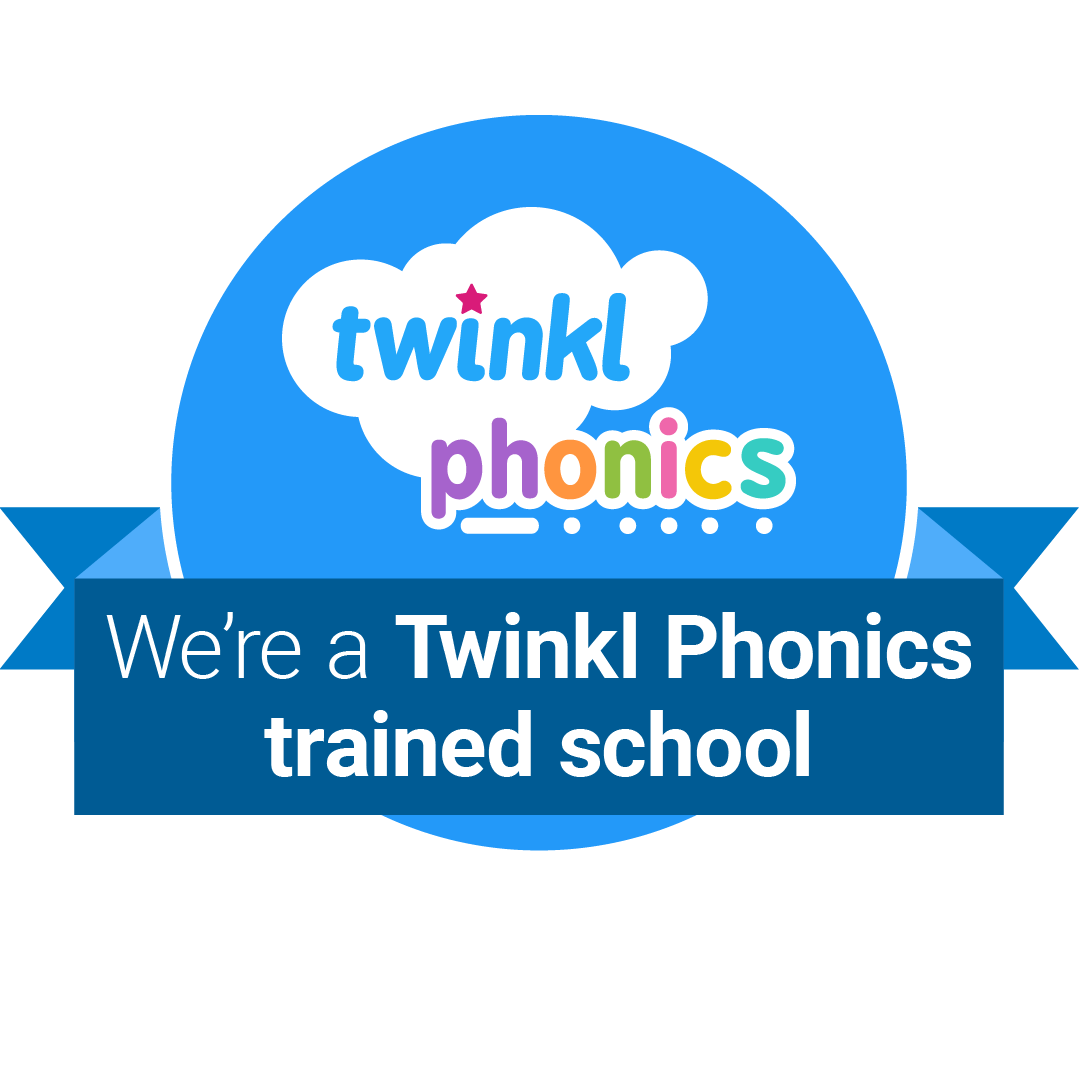Phase 1 - developing speaking and listening skills
Phase 1 often begins in a child’s pre-school setting and is developed throughout children’s first years in school. Phase 1 develops children’s abilities to listen to, make, explore and talk about sounds. Phase 1 is split into 7 aspects that are explored and developed through games.
7 Aspects of Phase 1
- General sound discrimination- environmental sounds
- General sound discrimination- instrumental sounds
- General sound discrimination- body percussion
- Rhythm and rhyme
- Alliteration
- Voice Sounds
- Oral blending and segmenting
By the end of Phase 1, children will have experienced a wealth of listening activities including songs, stories and rhymes. They will be able to distinguish between speech sounds and many will be able to blend and segment words orally. Some will also be able to recognise spoken words that rhyme and will be able to provide a string of rhyming words, but inability to do this does not prevent moving on to Phase 2 as these speaking and listening activities continue.
Phonics provides vital foundations to become a fluent reader.
At Stockham School, we follow the Twinkl phonics programme for the teaching of phonics. This is a government validated phonics scheme of work based on Letters and Sounds, a resource published by the Department for Education, consisting of six levels. Our phonics coverage is mapped out across the year from Foundation to Year 2 and outlines expectations for progression. Each lesson consists of whole-class revision and teaching and then work in individual pupil practice books.
Intent
At Stockham Primary School we intend to ensure all children become successful, fluent readers by the end of Key Stage One and believe this is achievable through a combination of strong, high quality, discrete phonics teaching combined with a whole language approach that promotes a ‘Reading for Pleasure’ culture.
We intend to do this by:
- Implementing the Twinkl phonics scheme throughout EYFS and KS1 And where needed into KS2.
- Using high quality resources consistently across all classes.
- Creating an environment where phonics is demonstrated and applied throughout their learning.
- Ensuring children are confident with their grapheme, phoneme correspondence knowledge. They can apply segmenting and blending to ensure they are able to read words which they have never come across before.
Implementation
We teach the children as a whole class so that every child is exposed to the phonemes and graphemes which are at the expected level for their age. Children in Reception are taught level 2 up until Christmas. From January they begin working on level 3 and then they spend the second half of the summer term working on level 4. Children in Year 1 begin working on level 5 and children in year 2 begin working on level 6.
Children are taught how to break down words into their individual sounds in order to read and how to segment words into their individual sounds in order to spell them in their writing.
KS2 children who still require phonics input will be taught in very small groups with their peers.
- The National Curriculum statutory statements will be implemented in the Twinkl Phonics sequence.
- Use the high quality Twinkl phonics resources throughout phonics to ensure consistency.
- Provide quality first teaching in line with the teaching standards.
- Provide quality examples and demonstrations of how to say each phoneme and apply to words clearly.
- Allow children opportunities to read both real and nonsense words.
- Uses assessment to ensure that all children are learning the phonemes which they need to progress with their reading.
- Delivers high quality phonics lessons using Twinkl phonics resources.
- Demonstrates clearly the pronunciation of phonemes. Allows the children time to apply their phonic skills throughout the school day.
Impact
To measure impact we will ask:
What impact has the implementation had on;
- Standards in phonics screening check for pupils at the end of Year 1 and Year 2.
- Ability to recall and use phonemes with good grapheme, phoneme correspondence.
- Ability to segment and blend confidently with real and nonsense words.
- The ability to apply phonics skills when reading.
- The coverage of phonemes
- The ability to apply their phonics skills and apply to other areas of the curriculum.
Expectations
In Reception by the end of Autumn term it is expected that children will have completed phase 2 and be able to segment and blend words containing the phase 2 graphemes.
In Reception by May it is expected that children will have completed phase 3 and be able to segment and blend words containing the phase 2 and phase 3 graphemes.
In Reception by July it is expected that children will have completed phase 4.
In Year 1 it is expected that children will have completed phase 5 by the end of July and are able to segment and blend words for reading and spelling which contain the phase 2, 3, 4 and 5 graphemes.
In Year 2 it is expected that children will have completed phase 6 by the end of July and are able to apply the rules for adding prefixes and suffixes to words.

